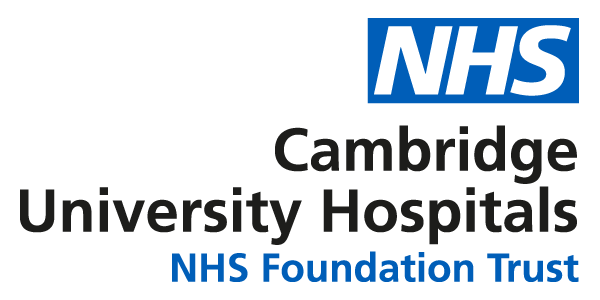Alpha-1 Antitrypsin Deficiency (AATD) is a common autosomal recessive disorder characterized by a predisposition to emphysema and liver cirrhosis.
In keeping with national guidelines, we do not accept referrals for Ehlers-Danlos syndrome (EDS) hypermobility type (also known as EDS type III or benign joint hypermobility syndrome). This is a rheumatological diagnosis made by clinical assessment and there is no genetic test available for this condition. The genetics service do not have a useful role in the diagnosis or management of this condition.
Non-urgent advice: Summary
- We do not accept referrals for patients with the hypermobility subtype of Ehlers Danlos Syndrome (also known as EDS type III or benign joint hypermobility syndrome)
- This is a clinical diagnosis and no genetic testing is available for this condition
- Patients with this condition are best managed by rheumatology and physiotherapy
- We do accept referrals for other types of Ehlers Danlos syndrome, including the classical or vascular subtypes
Information about the hypermobility type of EDS
The hypermobile type of EDS is associated with joint hypermobility and instability, which can lead to full or partial dislocation of joints and chronic joint pains.
The skin can be soft, stretchy and prone to easy bruising. Chronic fatigue, functional bowel disorders (such as irritable bowel syndrome) and autonomic nervous system dysfunction (for example leading to postural hypotension) can be features in some affected people. Importantly, with this subtype of EDS there is no significant increase in risk for arterial aneurysms/rupture and cardiac screening is not routinely recommended.
In general treatment for hypermobile EDS aims to alleviate symptoms and can include physiotherapy, psychological support for chronic fatigue and for pain management, pain medication tailored to symptoms, and appropriate therapy for any associated stomach or bowel problems. Low impact exercise is often advised.
Women with hypermobile EDS may have a higher chance of certain pregnancy complications, such as pre-term rupture of membranes and labour, so they should discuss this condition with their obstetrician.
The underlying genetic cause for the condition has not been identified, but we do know that it is often inherited as an autosomal dominant trait. This means that there is a 50% chance of an affected person passing on the condition at each pregnancy; however the severity of the condition is often quite variable within families, so some people have very little trouble from it.
Forms of EDS for which we do accept referrals
We do accept referrals for other rare genetic forms of Ehlers Danlos syndrome. These all have other very distinctive features as well as hypermobility. The two most common types that we see are classical and vascular Ehlers-Danlos syndrome.
Features of Classical type Ehlers-Danlos syndrome: easy bruising, skin fragility/tearing with minor trauma, unsightly scarring (tissue paper thin with haemosiderin deposition), joint dislocation, hernias.
Features of Vascular type Ehlers-Danlos syndrome: easy bruising, hernias, translucent skin, pneumothorax, arterial dissection (carotid and aortic root dissection common but occurs at any site), spontaneous rupture of large bowel, uterine rupture family history of death during pregnancy or post-partum period, severe haemorrhage during surgery, surgical wound failure.

